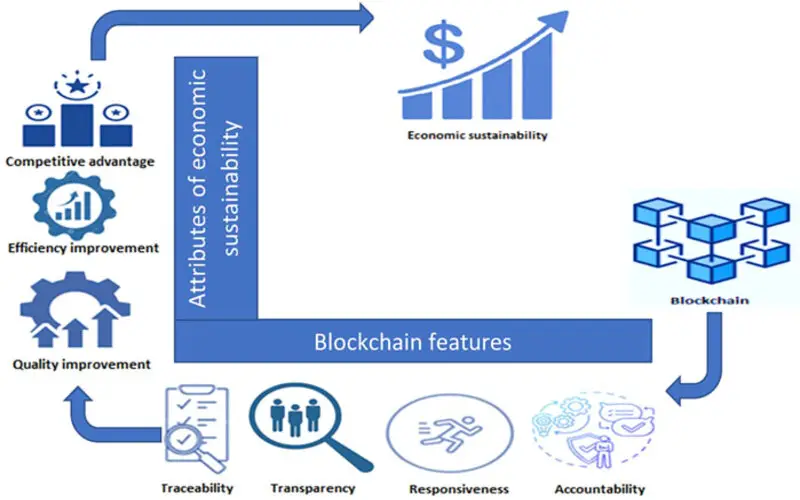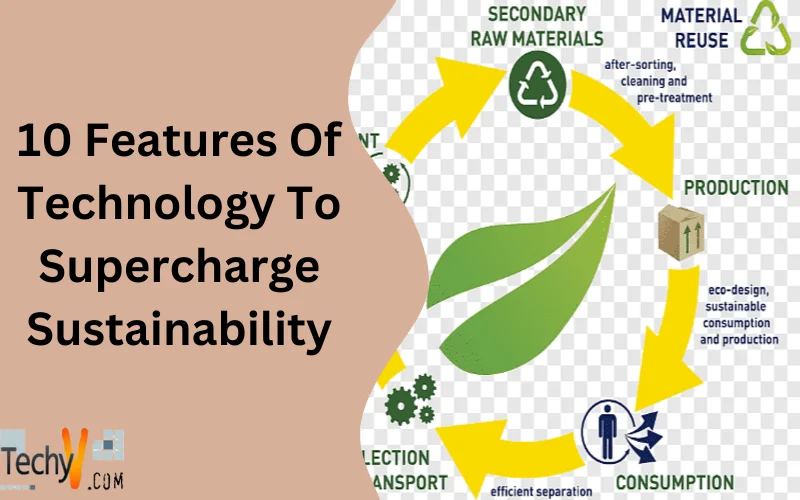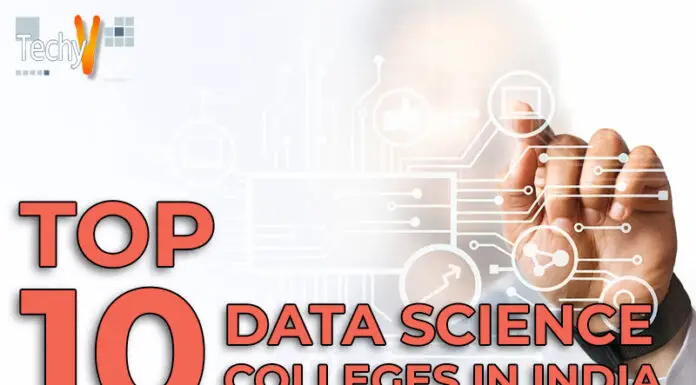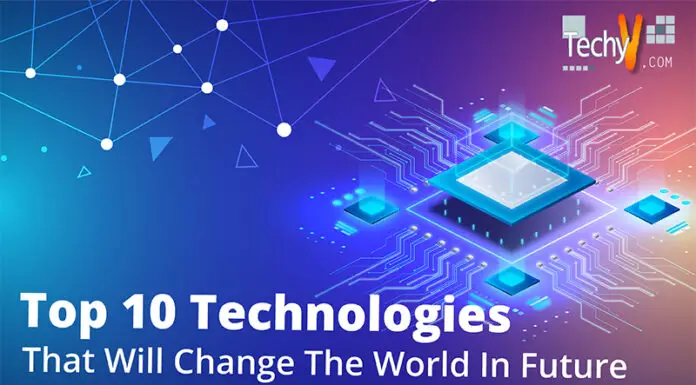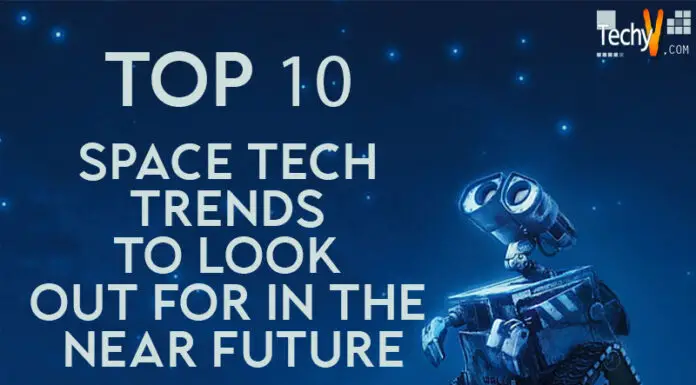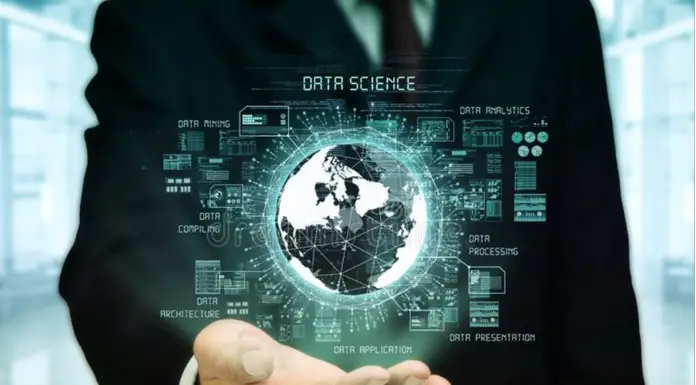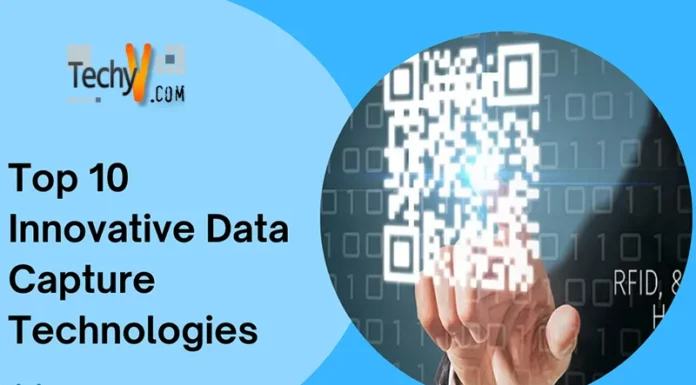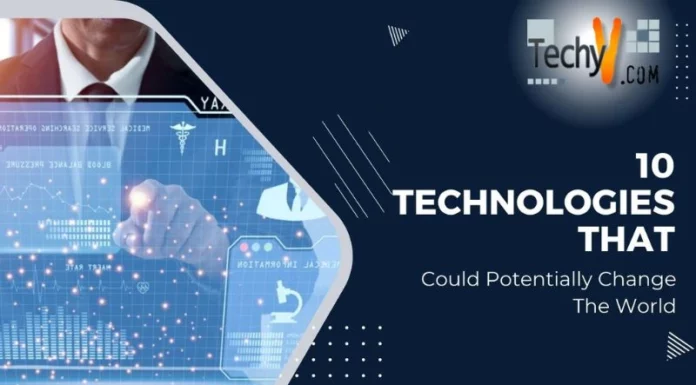What Is Supercharge Sustainability?
Super Sustainability is the concept of accelerating or increasing efforts and operational goals to promote sustainability. It implicitly goes on behind incremental enhancements and embraces transferring changes that have a profound and lasting effect on surroundings, and social and economic sustainability.
Supercharging Sustainability includes the execution of technology solutions, innovative technologies, and comprehensive methods that not only mitigate surrounding degradation but also contribute to the well-being of communities and the long-term health of the planet. This theory identifies the urgency of addressing universal challenges, such as climate change, resource expending, and biodiversity loss, by acquiring more determined and efficient approaches.
Technology also offers many solutions to help the community become more sustainable. Innovative structured systems, robotics and digital twins can help manage to become more effective and shrink their carbon footprint. Cloud computing lets employees organize energy sustainably across whole grids.
Sustainable development can refer to an approach to the economic development of a country without compliance with the quality of the environment for future creations.
- Reducing the release of greenhouse gases accountable for air pollution and global warming.
- Using renewable enemy sources, such as wind, solar energy etc, decreases the universal carbon footprint.
- Restricting the rate of expending of natural resources so that it does not extend the rate of its manufacturing.
- Restoring of natural resources and conversation of natural habitats of organisms.
- The significance should be positioned on encouraging green architecture for establishing homes and offices.
Innovations are vital in supercharging sustainability by offering technological solutions to address surrounding challenges and effective and responsible resource use. Here are some key reasons why innovation is essential for advancing sustainability:
Effective Resource Management
Innovation allows the observation and optimization of resource employment, whether energy, water, or raw materials. Smart grids, sensors, and data evaluation help enterprises and identical make informed strategies to reduce waste and increase efficiency.
Renewable Energy Transition
Advancements in innovations, such as solar panels, wind turbines, and energy storage solutions, comprise the transition from fossil fuels to renewable energy sources. Its transfers are effective for decreasing greenhouse gas emissions and mitigating surrounding change.
Innovation In Sustainable Agriculture
Innovations like accuracy agriculture, biotechnology, and data evaluation enhance practices, most significantly to maximize crop yields, reduce the use of pesticides and fertilizers, and generally more sustainable food manufacturing.
Circular Economy Execution
Innovation supports the theory of a circular economy by allowing effective recycling procedures, the development of biodegradable materials, and the formation of products with longer lifespans. It aids in reducing waste and promotes the reuse of resources.
Environment Observing And Consideration
Satellite innovation, sensors, and data evaluations offer actual time information about environmental changes. This data is critical for observing ecosystems, individual threats to biodiversity, and execution of efficient conversation measures. Advancements in innovation have to improve sustainability efforts across several sections crucially. Here are some features of supercharging sustainability:
1. Big Data Evaluates
Big data evaluates procedures with vast amounts of information to recognize designs and trends relevant to resource usage, supply chains, and environmental effects. This data-driven reach helps in making informed strategies for sustainability.
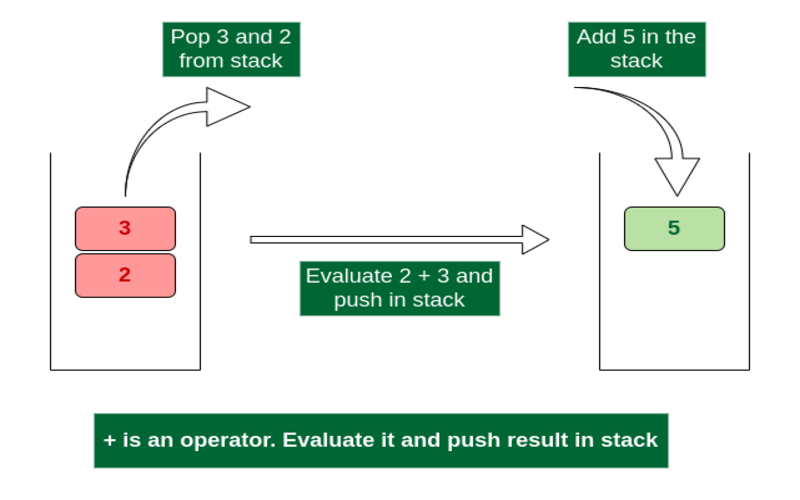
2. 3D Printing (Manufacturing)
3D printing innovation enables on-demand manufacturing, decreasing the need for mass production and reducing waste. It can also allow the formation of lighter and more effective patterns, minimizing materials consumption.
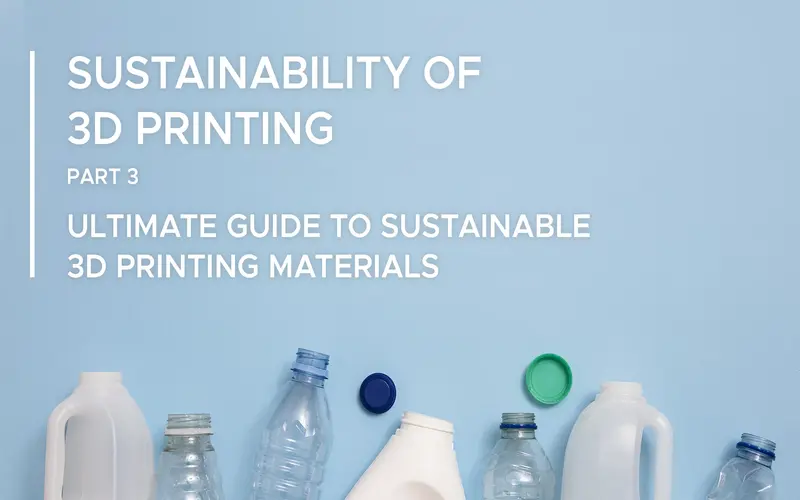
3. Circular Economy Innovations
Innovations that support a circular economy, such as recycling and upcycling technologies, can expand the lifecycle of products and materials, decreasing the overall environmental effect of utilization.
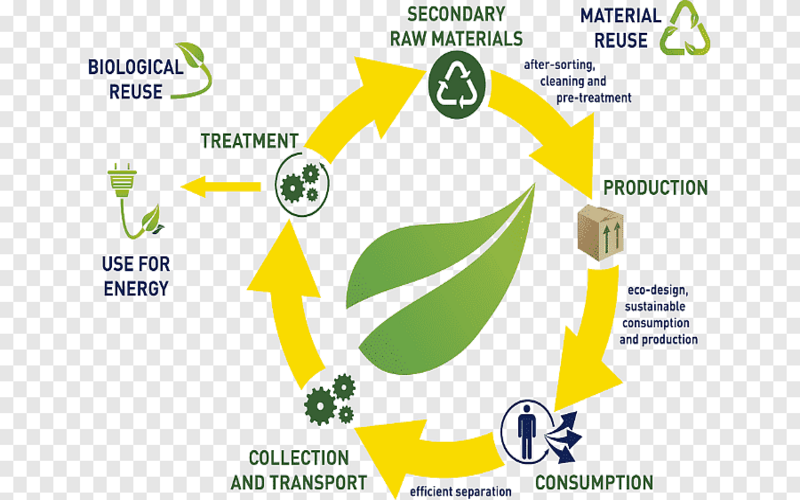
4. Virtualizations And Remote Innovations
Remote cooperation tools and virtualization innovations can decrease the need for physical travel and office spaces, reducing carbon footprints connected with commuting and standard workspaces.
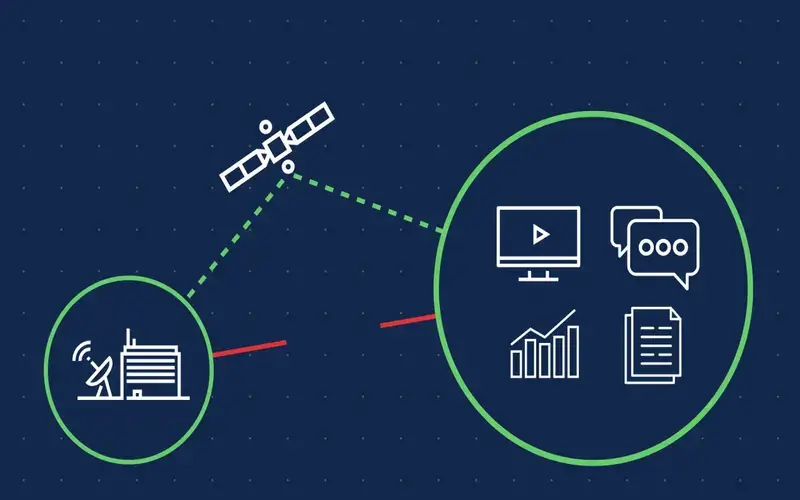
5. Renewable Energy Incorporation
One of the significant features of sustainable development is the incorporation of renewable energy sources. Solar, wind, hydro, and geothermal innovation provide clean adjustment to fossil fuels, decreasing carbon releases and mitigating environmental change.
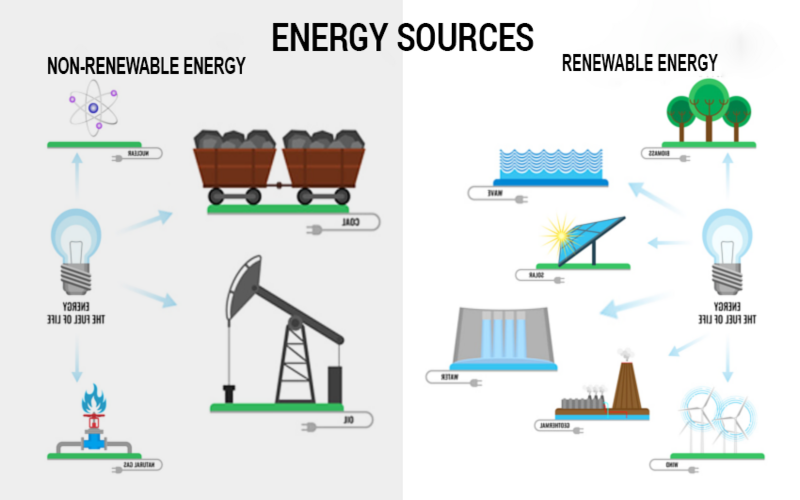
6. Energy Storage Solutions
Improving renewable energy and advanced energy storage solutions are vital in ensuring a stable and suitable power supply. Batteries and other storage innovations help store excess energy during high production and emit it when demand is high or renewable sources are irregular.
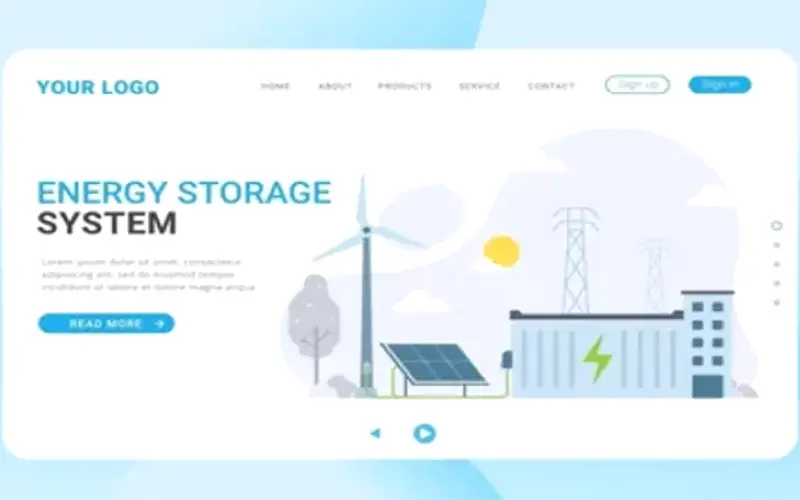
7. Smart Grid Innovations
Smart Grids describe an intelligence to energy allocation and ingestion. These systems use advanced sensors, communications networks, and data observation to evaluate the motion of electricity, reduce wastage, and combine a diverse range of energy sources consistently.
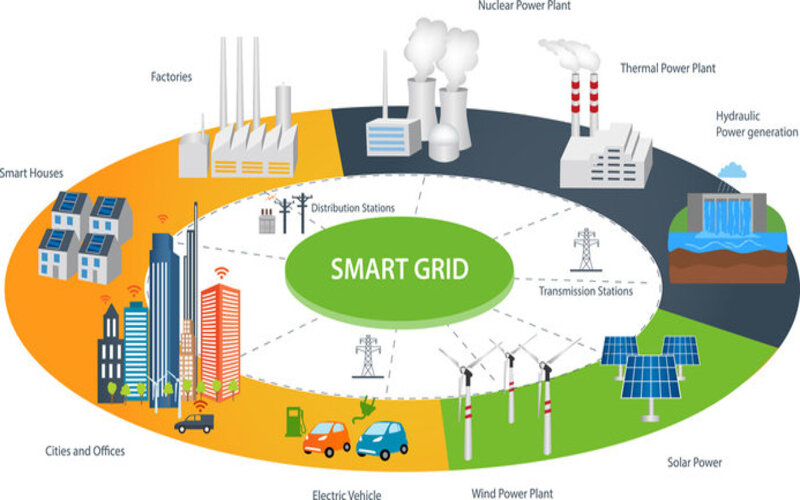
8. Internet Of Things (IoT) For Resource Optimization
IoT tools and sensors contribute to sustainability by allowing actual time observing and management of resources. In agriculture, for example, IoT can evaluate irrigation, keep soil healthy, and improve crop management operations, leading to maximizing effectiveness and reducing climate impact.
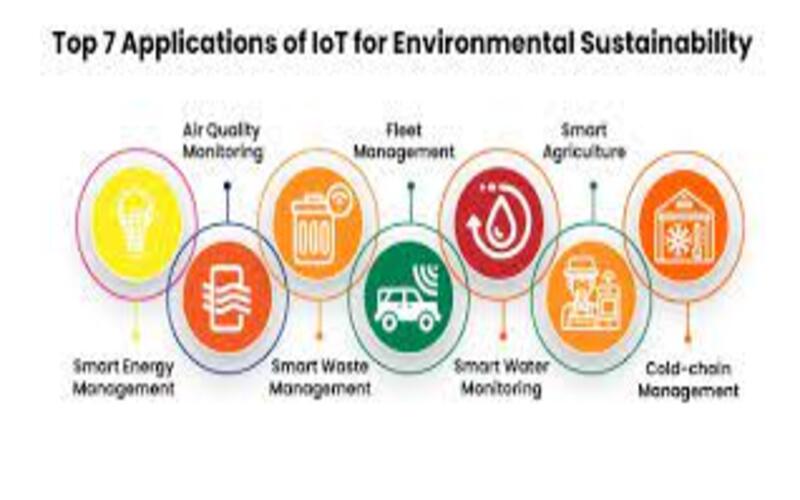
9. Artificial Intelligence (AI) For Sustainability
AI plays a vital part in optimizing procedures and decision-making for sustainability. Machine learning coding can evaluate vast amounts of data to recognize patterns, forecast environment trends, and suggest methods for more effective resource use.
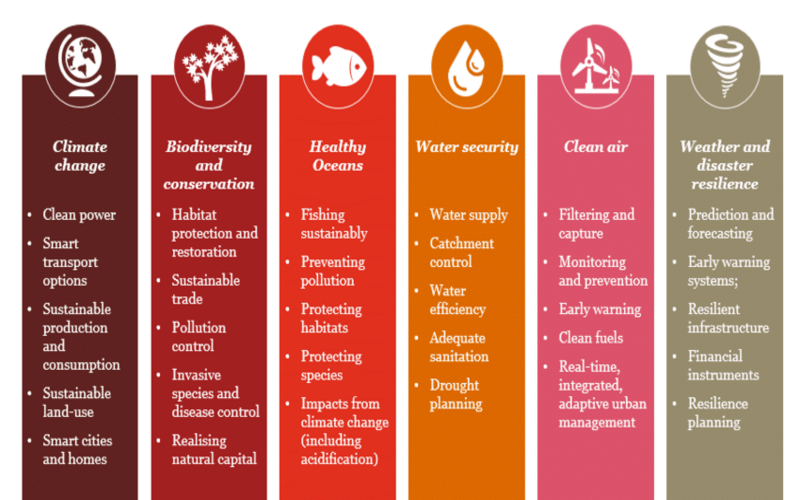
10. Blockchain For Transparent And Sustainable Supply Chains
Blockchain innovation improves transparency and traceability in supply chains. This is extremely important in industries like food and fashion when users and businesses can prove the accuracy and sustainability of products, assisting ethical and responsible ingestion.
In conclusion, Supercharging sustainability needs a holistic reach that combines multiple features and innovations. We can create a more sustainable and adaptive future by using the potential of renewable energy, circular economy principles, intelligent advancements, and imaginative solutions. These elements not only address current environmental concerns but also provide the groundwork for a forward-thinking and environmentally conscious global community.
